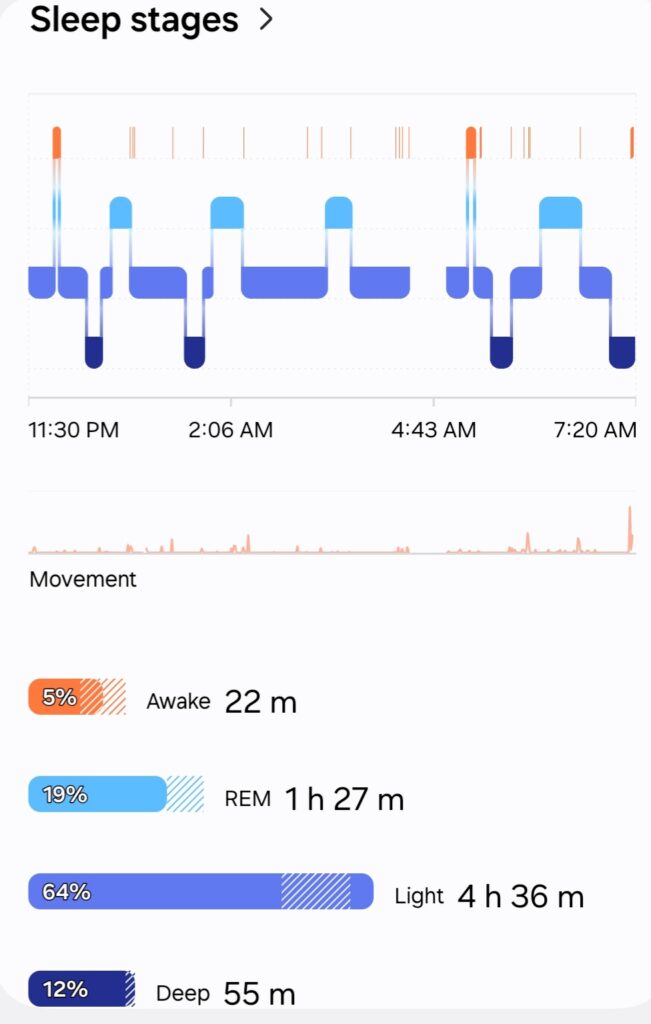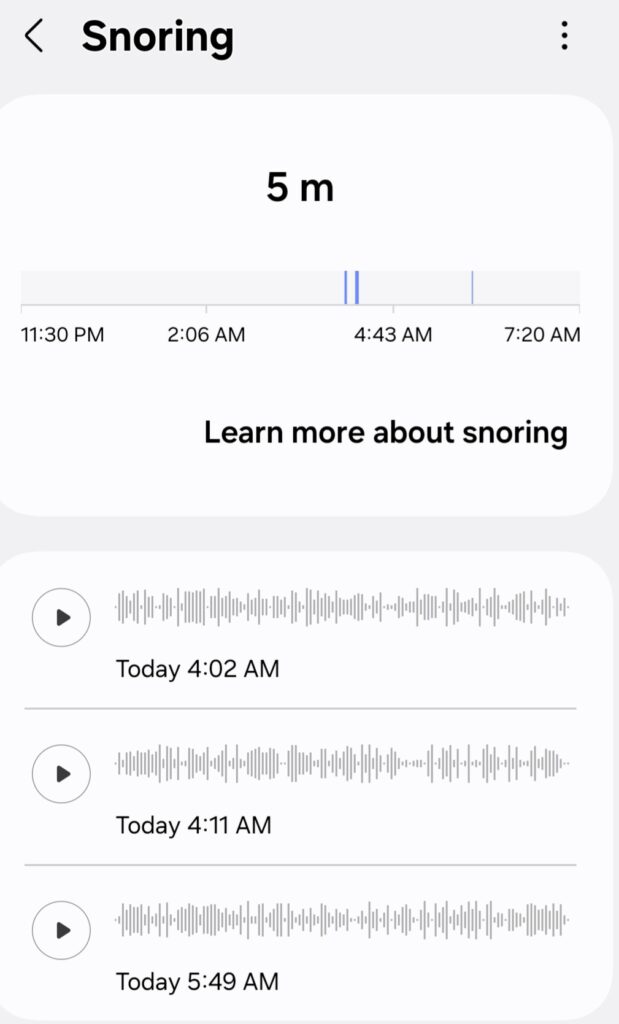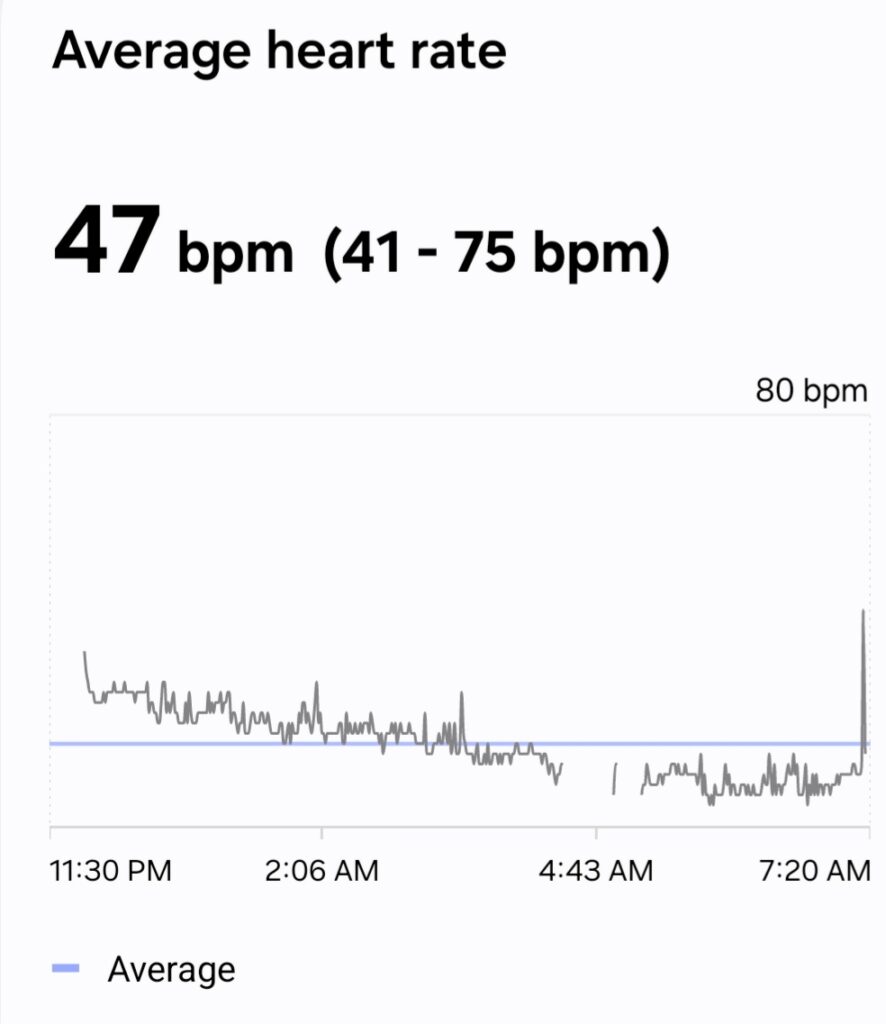I’m taking a break from my usual chatter about project management and economics to talk about something a little more… legendary. I’m an old soul so naturally I relate to older music. I joke with my kids and friends (only half-kidding) that no real music has been made after 1999. But I’ll save that rant for a future blog post.
I was only five years old when Queen performed at Wembley Stadium for the Live Aid concert. I didn’t see it live on TV. I didn’t even know they existedat the time. Most of my early exposure to music came through the car radio playing “oldies” songs. But thanks to YouTube, I’ve now seen Queen’s performance more times than I’d like to admit. If you’ve ever gone down that rabbit hole, you likely know or have heard, music historians have called Queen’s act the greatest live performance of all time.
There’s one specific song in the setlist I think made it that moment: Radio Ga Ga. The song’s undeniably catchy, but it’s the visual that accompanies it. In the original music video, there’s a crowd of roughly 300 people, arms raised and clapping in perfect rhythm, matching the beat, matching the energy, as the band stands in front of them on a stage wearing red and black costumes performing the same movement.
Now picture this: 72,000 people at Wembley Stadium, arms raised, clapping in the same perfect rhythm, matching the beat, matching the energy. Not because they were told to, but because they felt something bigger than them. Because something in that moment connected everyone in that stadium. And that’s what makes the moment so powerful — not just the synchronized clapping, but what it represented. For those few minutes, the divisions that usually define us — politics, race, religion, sexuality — disappeared. The world stopped, tuned in, and joined together in a single, unspoken moment of unity. And that moment was felt by nearly 2 billion people across the globe.
If you haven’t seen it, stop reading and go watch it. Words can’t do it justice.
If you know Queen, you know what made them special: Freddie Mercury’s unmatched stage presence. Brian May’s genius on guitar. Roger Taylor’s precision on drums. John Deacon’s quiet confidence on bass. And then — the moment that gave everyone goosebumps — Freddie’s now-iconic “ay-oh” call and response with the crowd. No other frontman could have pulled that off. No one else had that kind of command of an audience without commanding.
I don’t know if there is such a thing as the “greatest moment in human history.” But I do know that on July 13, 1985, the world came together — for a purpose, for a cause, and for each other. We saw what humanity can look like at its very best. And maybe, just maybe, that was as close to perfect as we’ve ever gotten. Hopefully it wasn’t the last.






